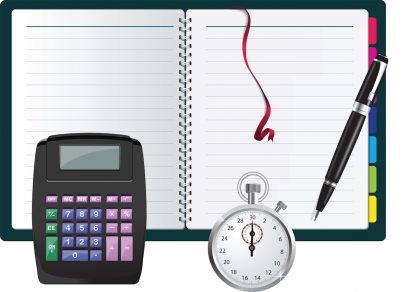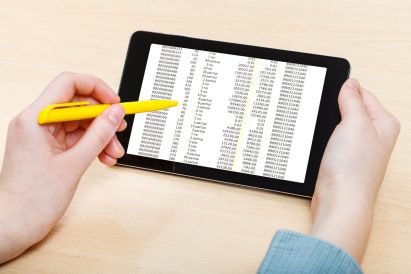Top 5 IFRS 2014 and 2013 Changes
The year 2013 started off with some really significant IFRS amendments that you need to take into account when preparing your IFRS financial statements as at 31 December 2013. Although these changes should be applied in the year 2013 for the first time, you also…
Hedge Accounting: IAS 39 vs. IFRS 9
Business world as of today presents a huge amount of various risks to almost every company or entrepreneur. I’m sure that also your company faces at least some of these risks: foreign currency risk, price risk, inflation risk, credit risk – just name it. Many…
IFRS 13 Fair Value Measurement
Many IFRS standards require you to measure the fair value of some items. Just name the examples: financial instruments, biological assets, assets held for sale and many other. In the past, there was limited guidance on how to set fair value; the guidance was spread…
How to Account for Compound Financial Instruments (IAS 32)
Compound financial instruments became very common way of raising cash by many companies, but their shareholders don’t like them that much. Why? Because many compound financial instruments contain the option to convert into shares. Just imagine you purchased convertible bond that gives you the right…
How to Extrapolate Along Yield Curve
Recently, during my lecture about financial instruments, I got a very interesting question from one clever participant. To give you a little background: He was a finance guy working in a huge company and for sure, he came across various accounting issues and problems. One…
IFRS 9 Financial Instruments 2012
Update 2017: This is an article from 2012 and I wrote the totally updated article in 2017 here. However, there’s a valuable discussion in the comments to this article, and that’s why I did not delete it, but left it here. Please, if you have…
IAS 39 Financial Instruments: Recognition and Measurement
IAS 39 is a standard fully replaced by the new standard on financial instruments IFRS 9 applicable from 1 January 2018. If you would like to know more about this process, please read our article IAS 39 vs. IFRS 9: Clarifying the Confusion. UPDATE 2018:…
IAS 39 vs IFRS 9
People are very creative and inventive. So they created and invented numerous kinds of financial instruments. Just admit it—are you really versed well in derivatives, various share options, warrants, certificates, convertible bonds and many others? This area happens to be so complicated and difficult to understand,…
US GAAP vs IFRS
IFRS and US GAAP come closer to each other and the dream was to have a single set of the reporting standards until 2015. Now we know that that dream did not come true and there is still a long way to go. Until then, there…
Top Excel Formulas for IFRS
This is another useful tip I would like to give you. With these formulas, you can really speed up your IFRS accounting process, especially when dealing with sophisticated calculations. So let’s start. Top Financial Formula #1: IRR What is IRR? IRR formula calculates Internal Rate of Return for…
Recent Comments
- Hongyun Xiao on IFRS 2 Share-Based Payment
- Hongyun Xiao on Summary of IAS 40 Investment Property
- Silvia on IFRS 17 Example: Initial Measurement of Insurance Contracts
- Krishna on IFRS 17 Example: Initial Measurement of Insurance Contracts
- Jenny on Summary of IAS 40 Investment Property
Categories
- Accounting Policies and Estimates (14)
- Consolidation and Groups (24)
- Current Assets (21)
- Financial Instruments (55)
- Financial Statements (49)
- Foreign Currency (9)
- IFRS Videos (67)
- Insurance (3)
- Most popular (6)
- Non-current Assets (54)
- Other Topics (15)
- Provisions and Other Liabilities (44)
- Revenue Recognition (26)












